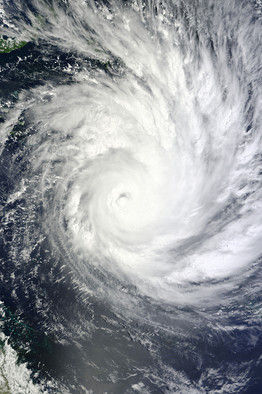
Some climate alarmists would have us believe that these storms are yet another baleful consequence of man-made CO2 emissions. In addition to the latest weather events, they also point to recent cyclones in Burma, last winter's fatal chills in Nepal and Bangladesh, December's blizzards in Britain, and every other drought, typhoon and unseasonable heat wave around the world.
But is it true? To answer that question, you need to understand whether recent weather trends are extreme by historical standards. The Twentieth Century Reanalysis Project is the latest attempt to find out, using super-computers to generate a dataset of global atmospheric circulation from 1871 to the present.
Anne Jolis, editorial writer for WSJ Europe, has the surprising data on extreme weather events.
As it happens, the project's initial findings, published last month, show no evidence of an intensifying weather trend. "In the climate models, the extremes get more extreme as we move into a doubled CO2 world in 100 years," atmospheric scientist Gilbert Compo, one of the researchers on the project, tells me from his office at the University of Colorado, Boulder. "So we were surprised that none of the three major indices of climate variability that we used show a trend of increased circulation going back to 1871."
In other words, researchers have yet to find evidence of more-extreme weather patterns over the period, contrary to what the models predict. "There's no data-driven answer yet to the question of how human activity has affected extreme weather," adds Roger Pielke Jr., another University of Colorado climate researcher.
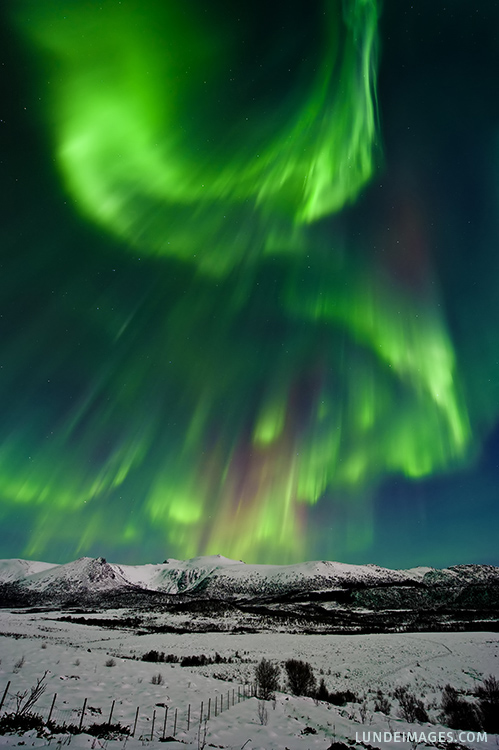
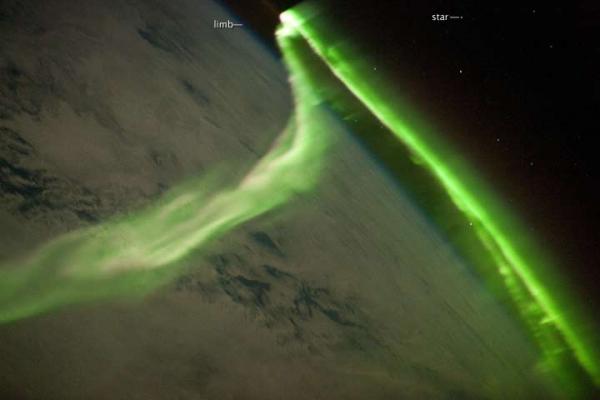
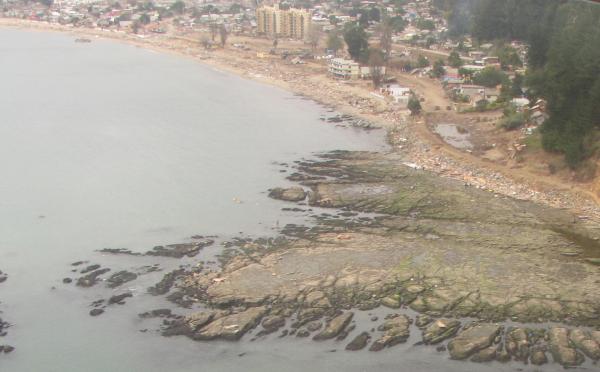
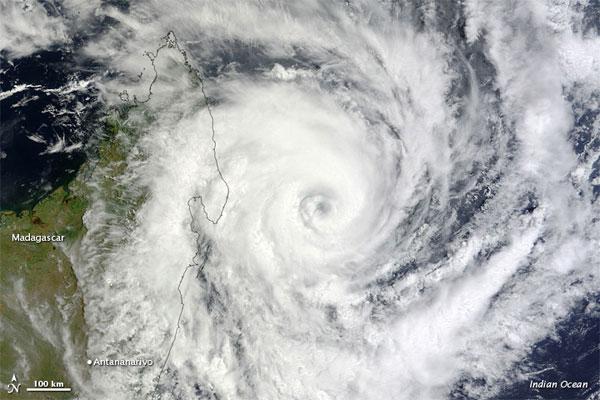
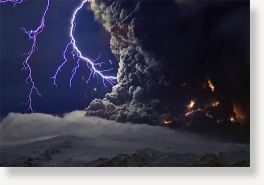


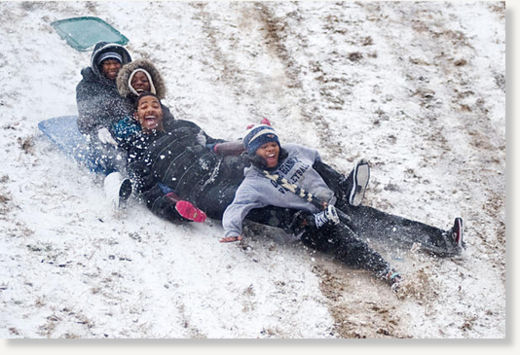
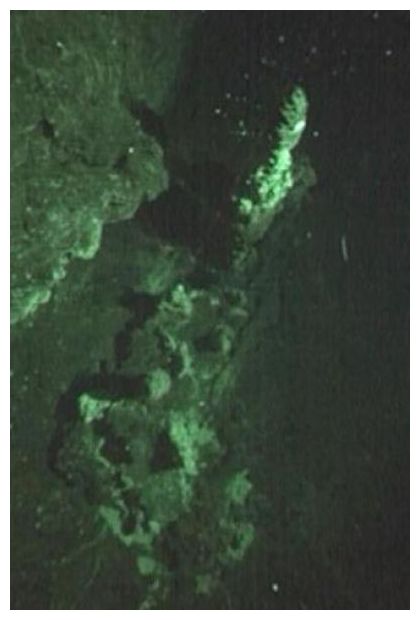
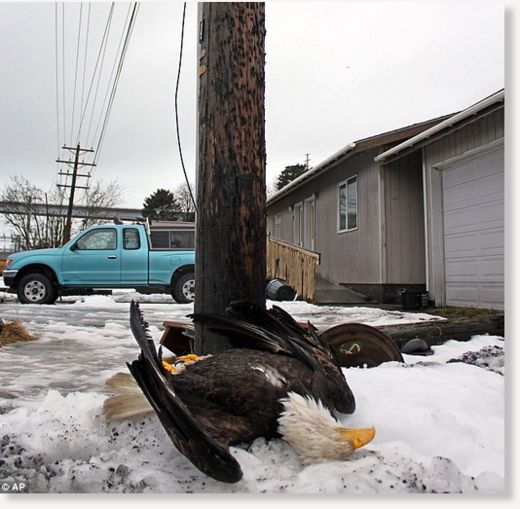



Comment: From a symbolic point of view, this would appear to be a stark warning to the USA and the world. From what we suspect of the effects of comets on the solar system and planet - electrical phenomena and major earth changes - THE symbol of the USA lying dead from electrocution says it all.